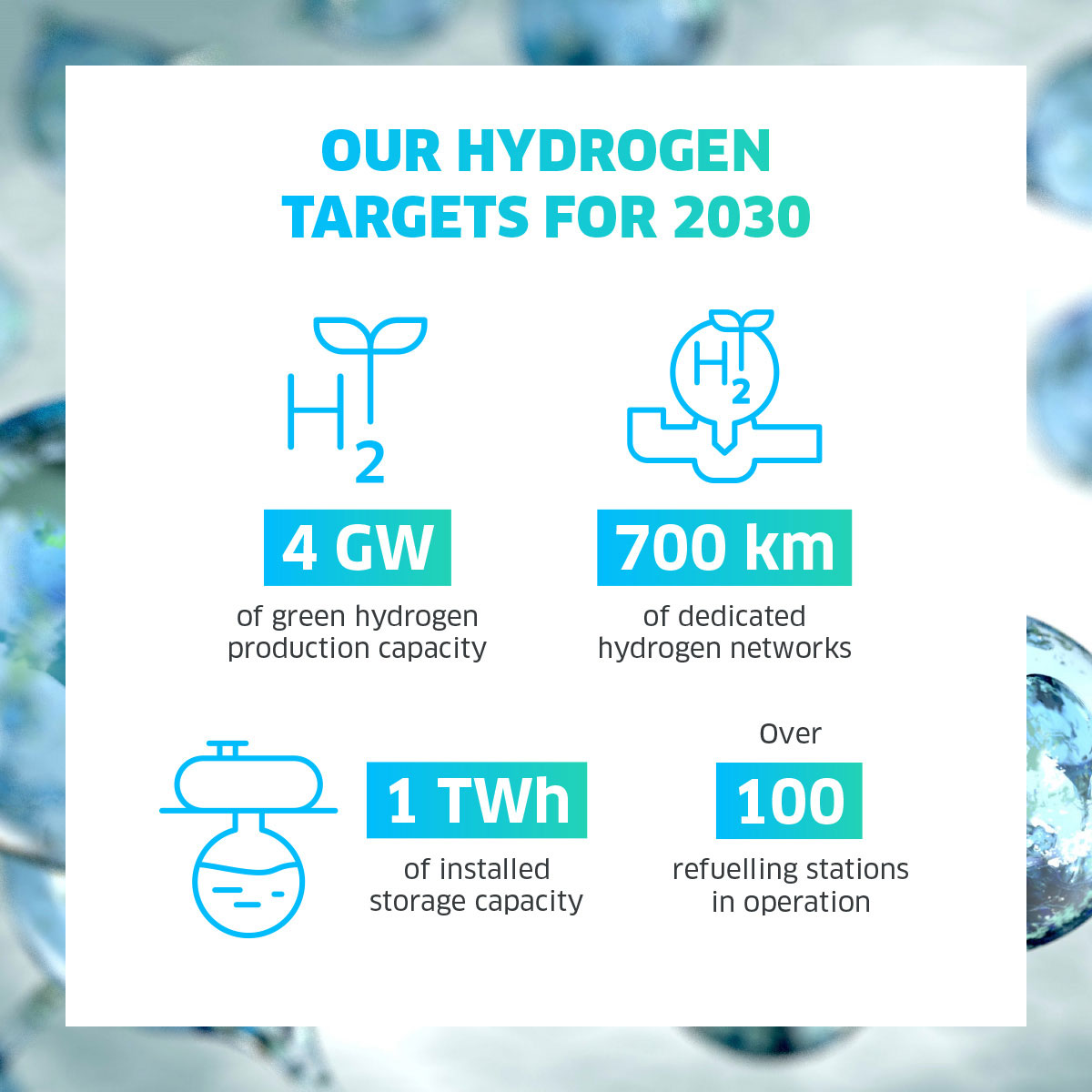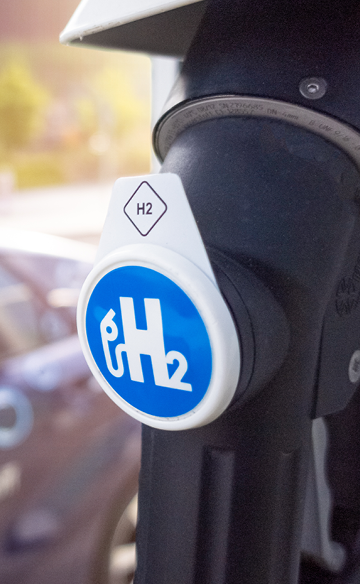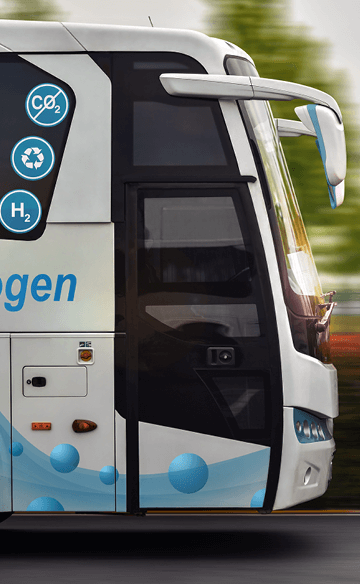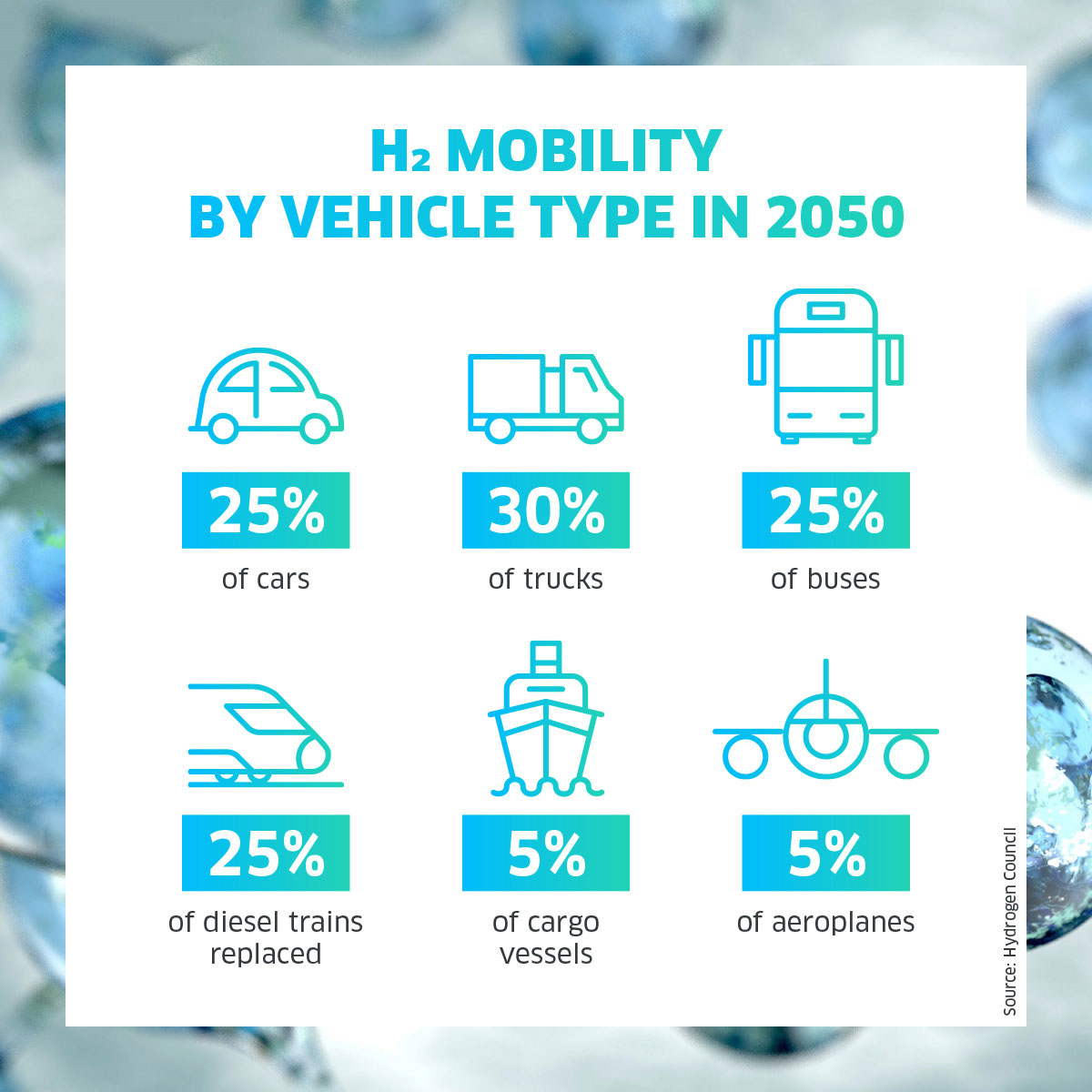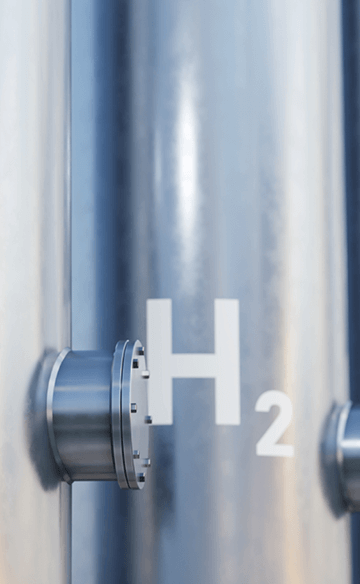Veuillez accepter les cookies "marketing" pour voir cette vidéo.
What is hydrogen?
Did you know that hydrogen is the main component of the sun? It is also the source of the formation of stars! Indeed the most abundant element in the universe, it is however very little present in its natural state on our planet. A very light and highly flammable gas, hydrogen is odorless, colorless, non-toxic and non-corrosive. Keep reading




